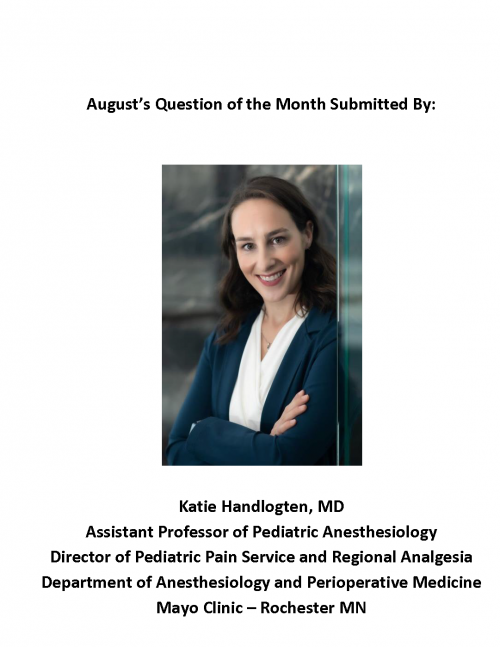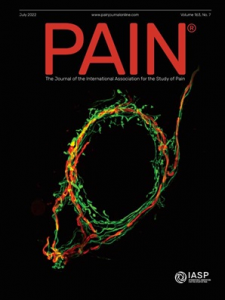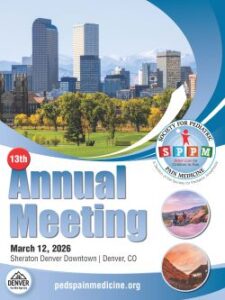
This article provides a review of current research regarding the use of acupuncture as a pain treatment strategy for pediatric patients with SCD experiencing acute pain. A literature review of scientific papers published within the last ten years was conducted on the topic. Acupuncture is feasible and acceptable, with statistically significant findings for effectiveness as an adjunct treatment for pain in this setting.
CLICK HERE to read the full paper.



 The team at the German Paediatric Pain Centre have recently published a pre-registered systematic review and individual patient data meta-analysis on intensive interdisciplinary pain treatment for children and adolescents in PAIN,
The team at the German Paediatric Pain Centre have recently published a pre-registered systematic review and individual patient data meta-analysis on intensive interdisciplinary pain treatment for children and adolescents in PAIN,  SPPM 13th Annual Meeting
SPPM 13th Annual Meeting